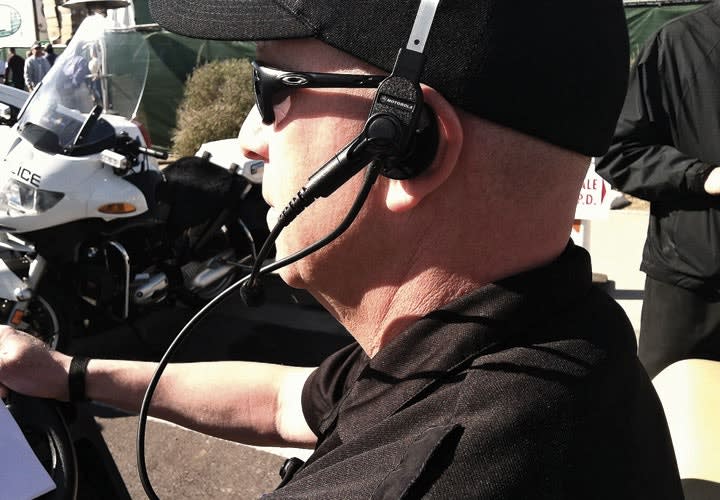Bluetooth technology already has a strong foothold in the consumer industry. It is built into everything from phones to medical devices, letting people talk, send vital information, listen to music, and more without wires. And now the technology is entering the tactical space as well. "Bluetooth headsets, even those that will work with cell phones, are available to communicate with your two-way radio," Gordon says.
Many tactical officers prefer wireless headsets, he adds. "There's a lot of interest in Bluetooth technology, not as much on the security aspect but on the more covert side," he says. "Tactical officers hate to be wearing anything that a perpetrator can grab and use as a weapon. This technology cuts the cord so to speak."
And wireless systems have come a long way. Today they are lightweight, secure, and incorporate multiple ways to adjust volume. However, Gordon advises that they remain a solution teams will want to try before they buy. Bluetooth headsets can lose their connections from radio-frequency interference in the environment, and they need to be regularly recharged to make sure they are ready to go when the need for them arises.
"It is strictly the design of the maker, but some last for 12 hours, some for six," Gordon says. "Length of charge and time of use are important, especially in tactical situations where there could be a barricade and that officer is going to be on shift for 12-plus hours before being relieved. There is also the potential for interception and thus the officer’s personal security may be reduced."
Fortunately, wireless systems utilizing newer encryption capabilities have become more secure than their predecessors. "With advances in this technology, wireless voice communications are much more difficult to intercept," says Gnagey. "The system's digital signals when received by a standard radio scanner in someone’s home are indecipherable and sound like the noise made by a modem or a fax machine over a phone line."












